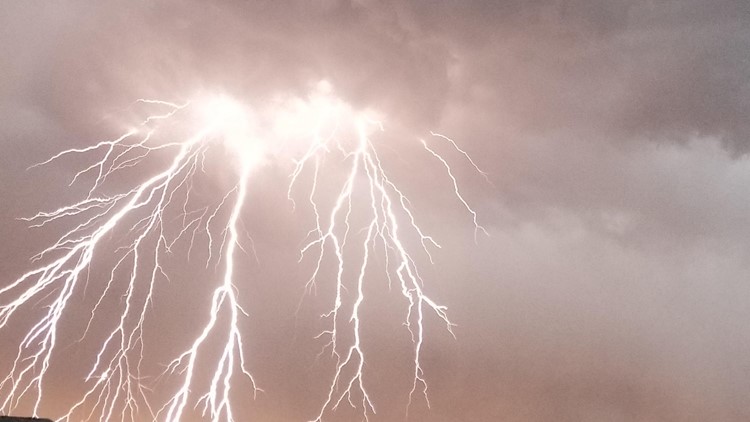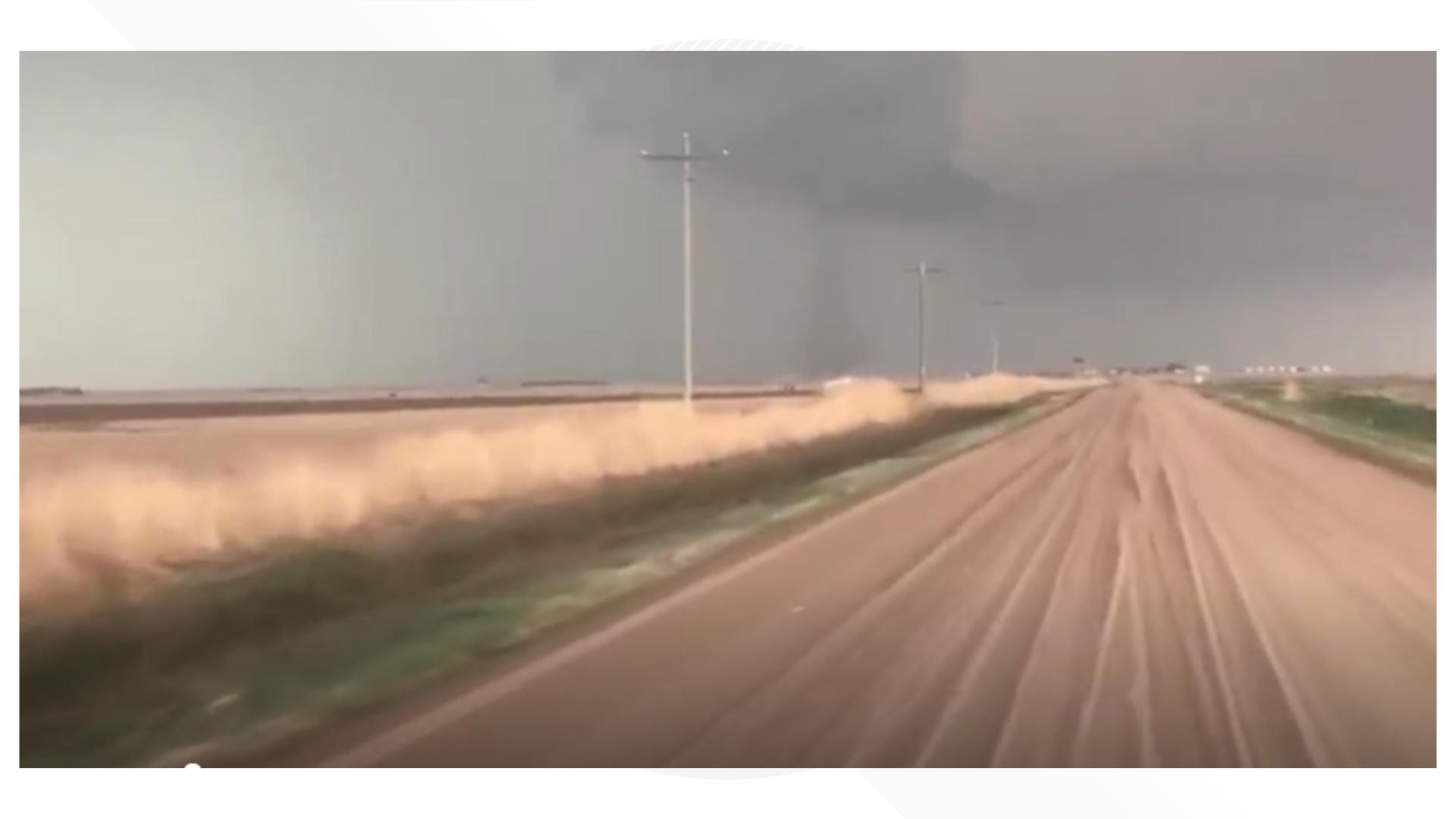Lightning Awareness Week leads into the month of July - that’s when most lightning fatalities happen.
Colorado actually doesn’t get as much lightning as a lot of states, ranking 18th in the country, but we rank fourth in the number of fatalities.
There is a perfectly good explanation for that.
Our state is an ‘outdoors state’, and so Coloradans are outside a lot. Colorado is also a breeding ground for rapidly developing thunderstorms, which puts everyone outdoors in danger.
“The vulnerability is, unfortunately, an overlap between when people are out and when the lightning actually happens,” said meteorologist and lightning expert Ron Holle with Vaisala - the company that runs the National Lightning Detection Network.
Holle said that most lightning fatalities in Colorado happen between noon and 5 p.m., and on Saturdays and Sundays. That’s primetime in our parks and on our trails which are mostly out in the open.
“You really have no easy recourse to be safe from lightning if you’re out in the open, there is no single magic answer,” said Holle.
Mountain trails will likely be very active this summer with the lack of snowpack, and so will places like Rocky Mountain National Park which receives 4.4 million visitors a year. These are high country locations where storms are famous for popping fast.
The rising sun heats the east facing slopes of the Rocky Mountains first and gradually heats other angles throughout the day. This creates an upslope breeze and the differential heating that is responsible for the rapid development of mountain thunderstorms.
If you are hiking above tree-line this summer, start early in the morning and plan to be on the way down by 11 a.m. at the latest.
If you do get caught in a storm, the most important thing to remember is to never, never seek shelter near a tree. Lightning will often strike the highest object, which is usually a tree, and most lightning fatalities happen when people are near trees.
“Typically, people think of lightning coming down and hitting you in the head; hardly ever happens. We estimate it's about 5 percent. Three to 5 percent of the time. The most common situation most likely is that it hits nearby and it comes across the ground, and comes up through the feet,” Holle said.
Studies show that most lightning victims had safe shelter like a substantial building, or a fully enclosed vehicle available, but waited too long to seek out that shelter.
Use the sound of thunder approaching as a warning to seek shelter. Lightning has been known to strike up to 15 miles away from where it’s raining. If you are close enough to hear thunder, you are usually close enough to be struck by lightning.
Holle said the leading cause of death from a lightning strike is a heart attack. He said that CPR can be administered immediately after the lightning strike because the electricity does not remain in the body.
The National Weather Service recommends separating if you are hiking in a group and get caught in a storm so that survivors can administer first aid to lightning strike victims.
Colorado’s most active lightning years usually coincide with the southwest monsoon, which the National Weather Service said should have average activity this summer.
For more information about lightning safety, both outdoors, and indoors, visit the Lightning Awareness Week page from the National Lightning Safety Council.



